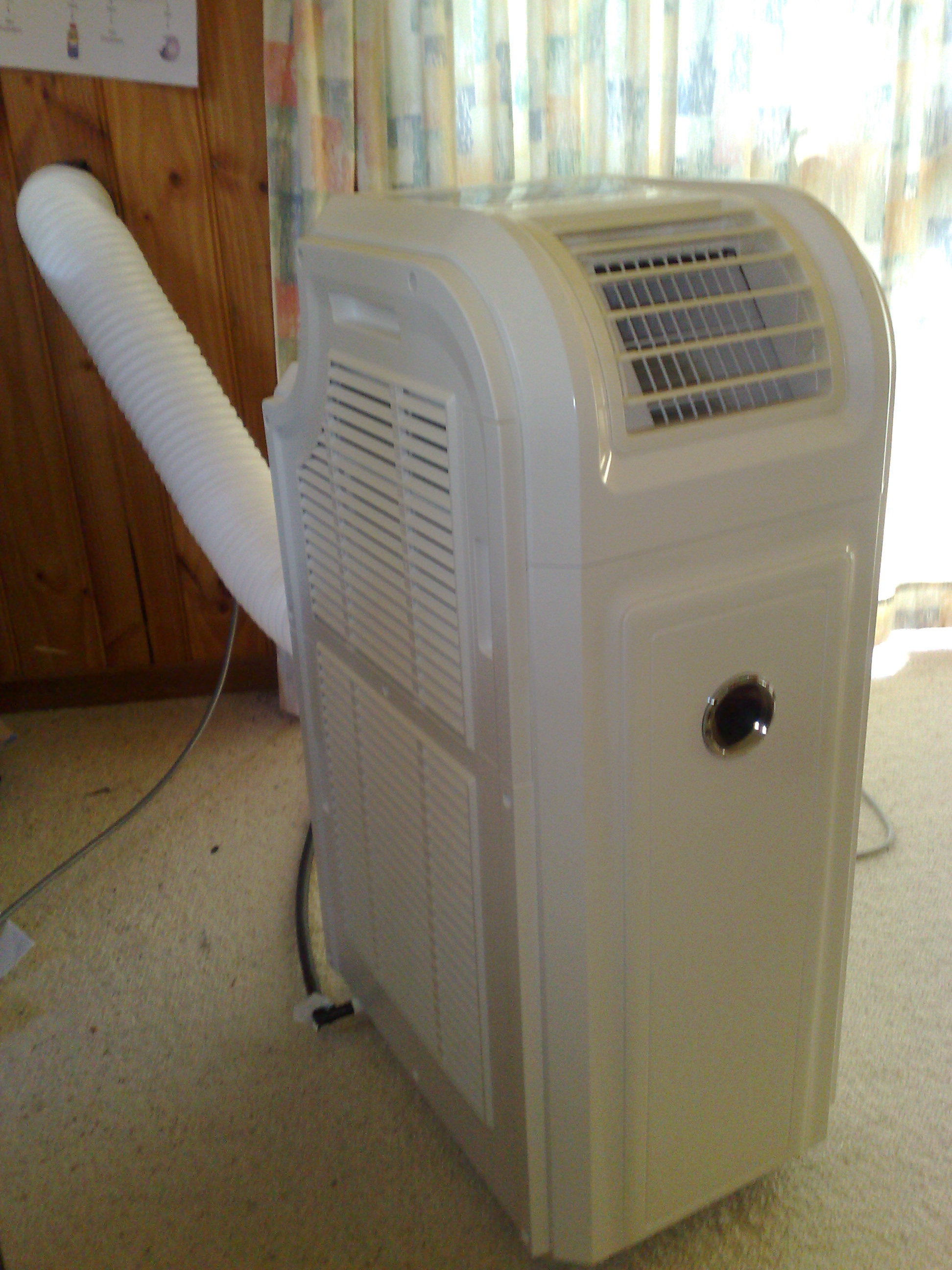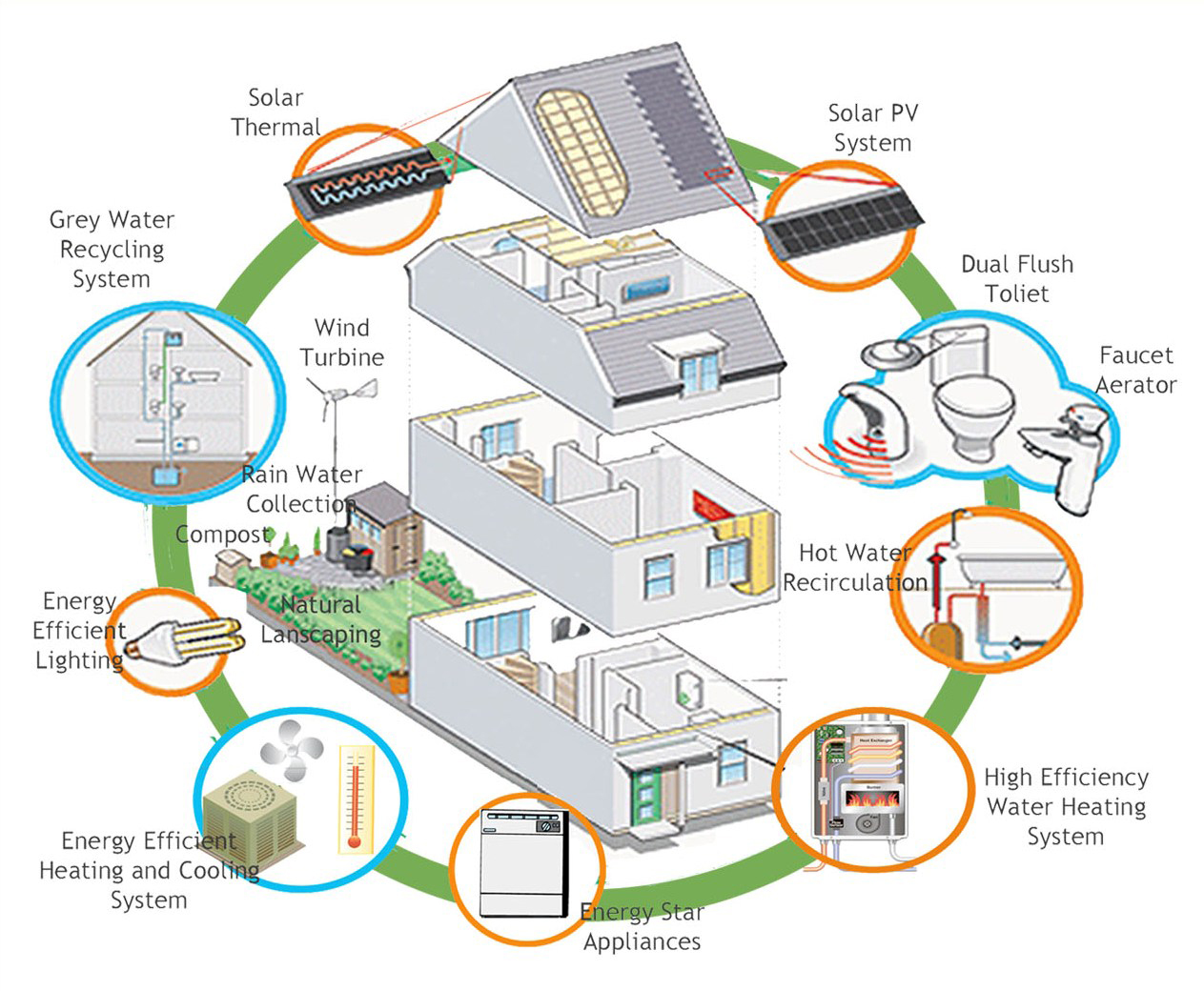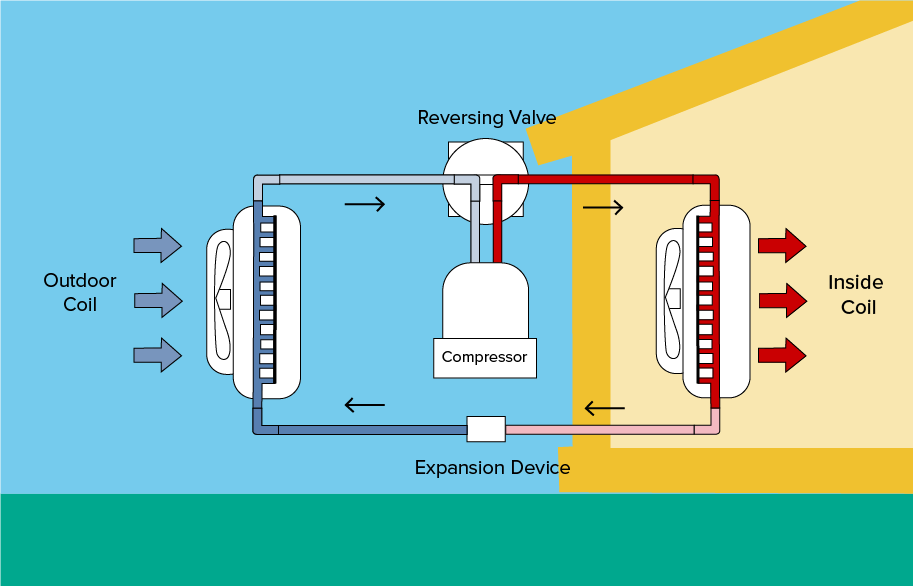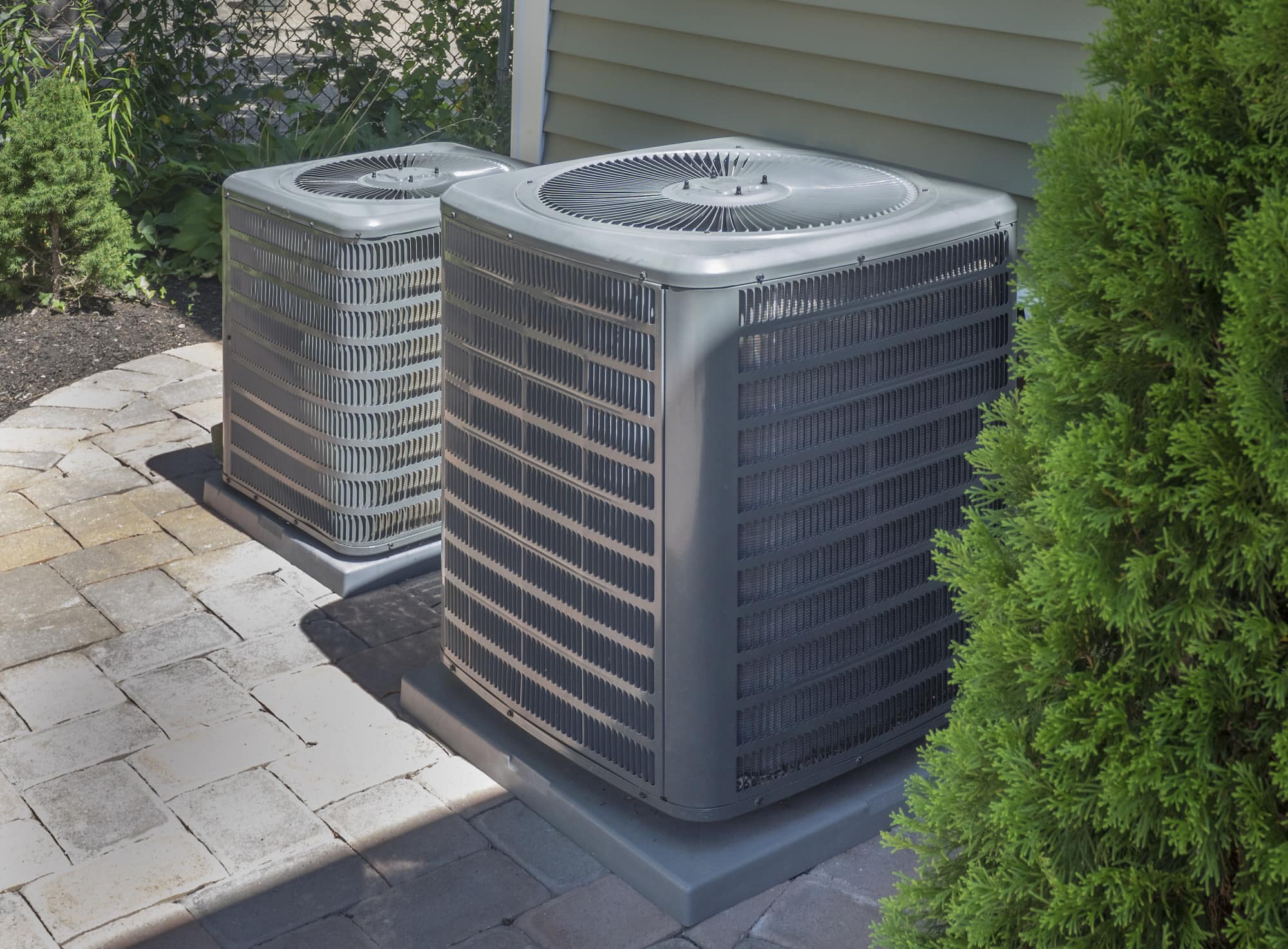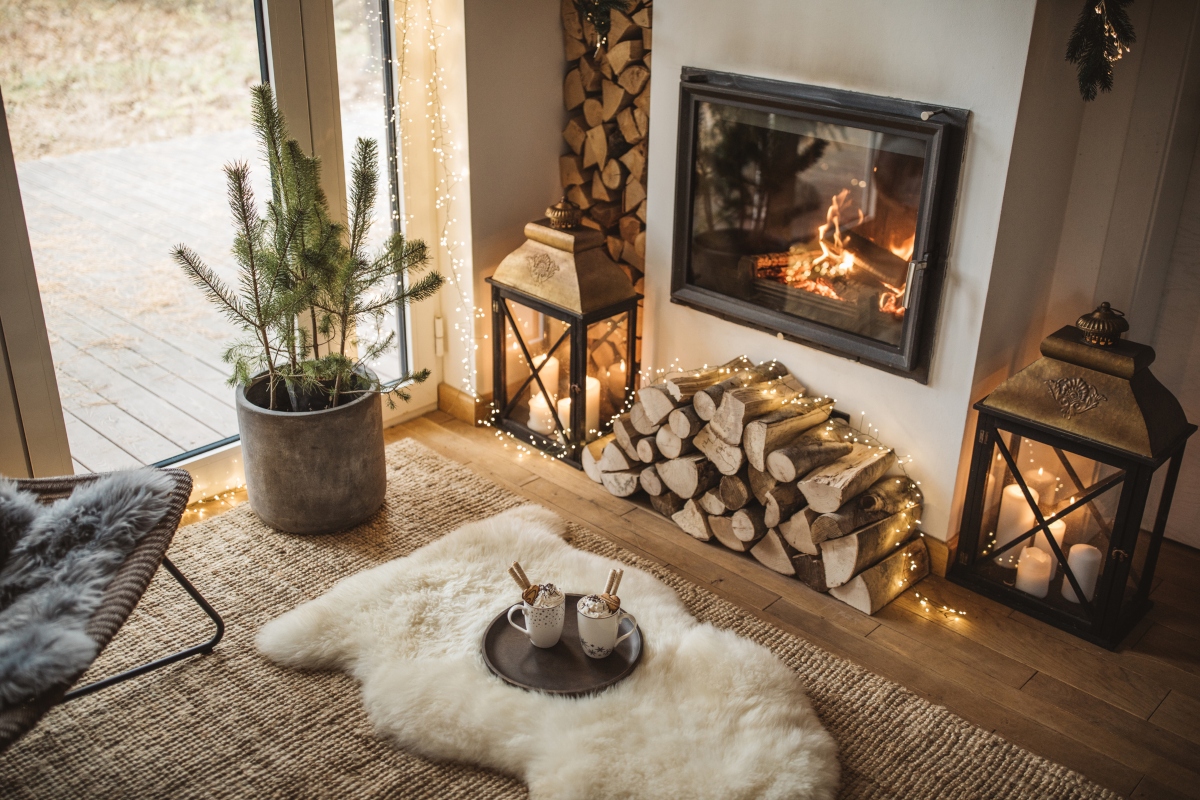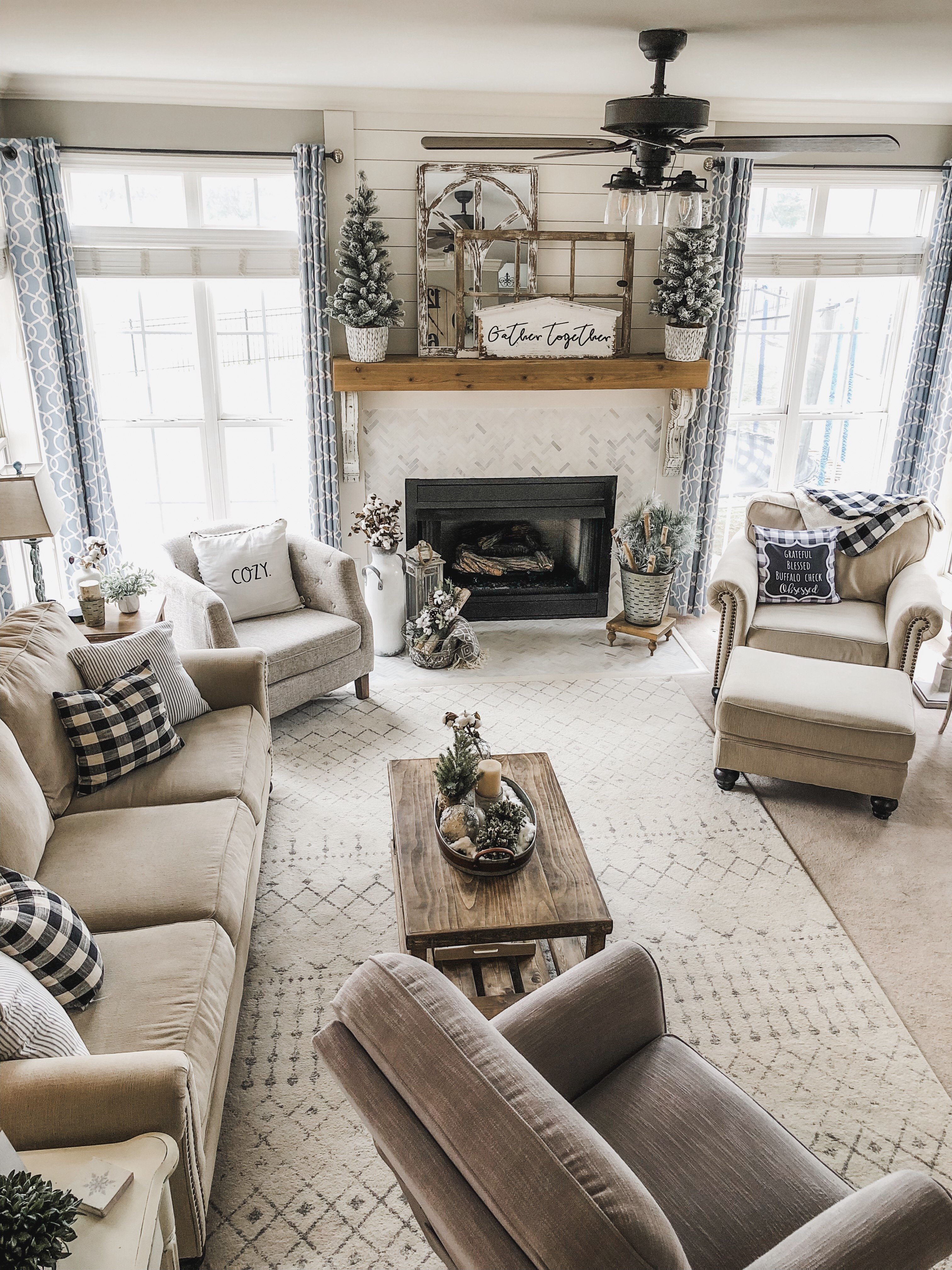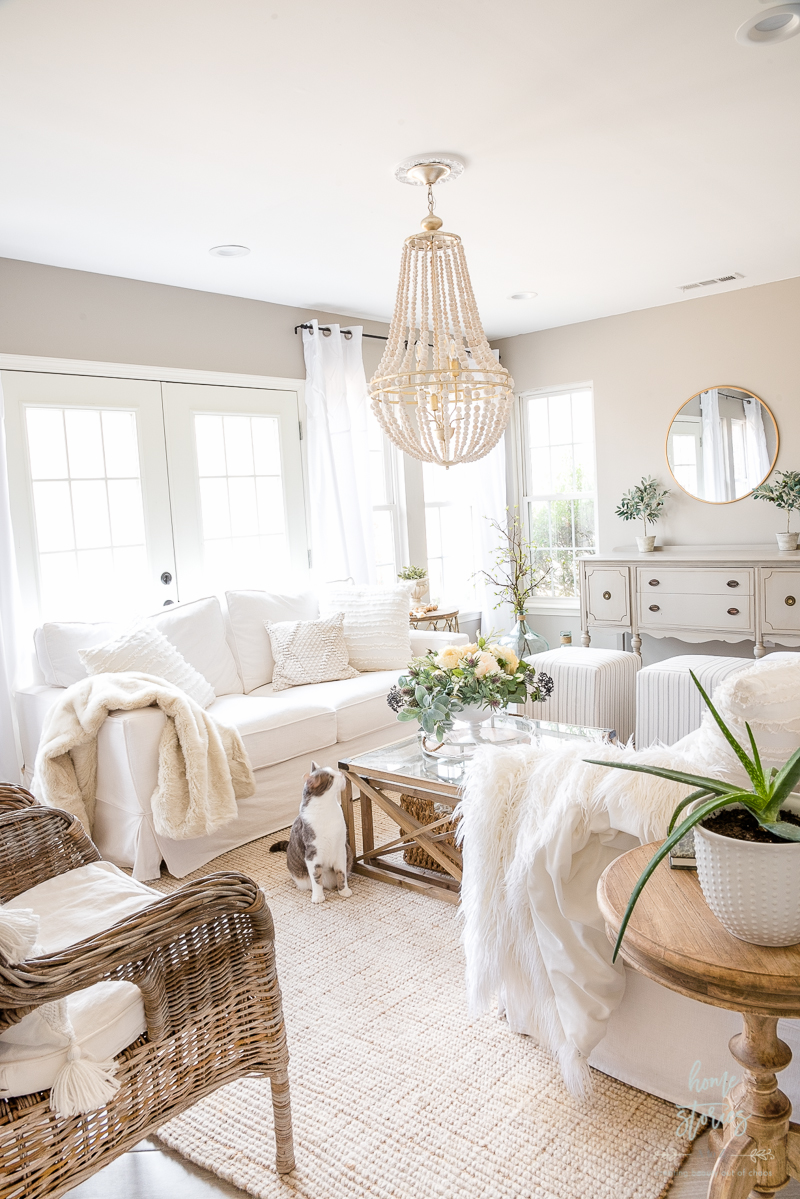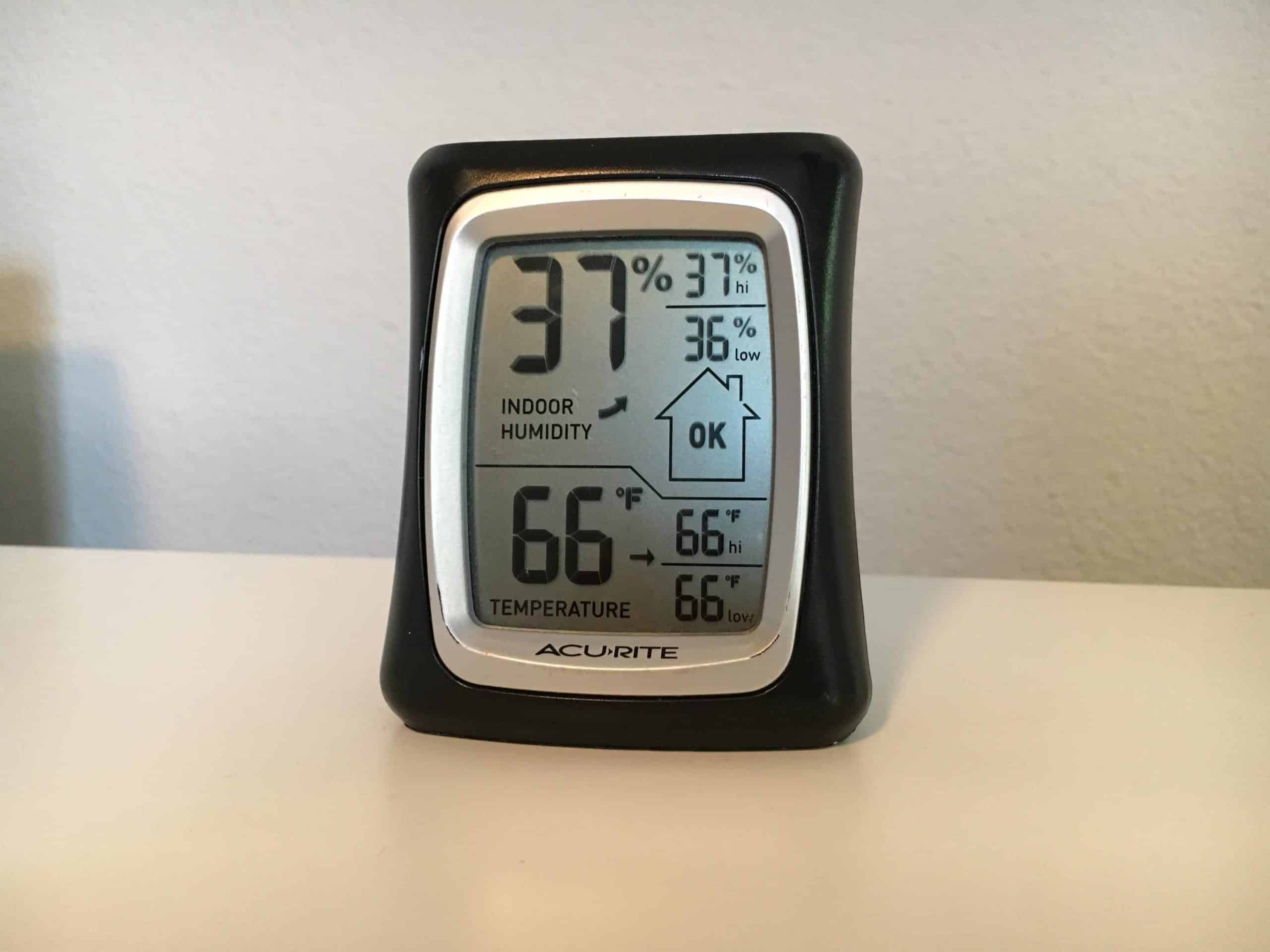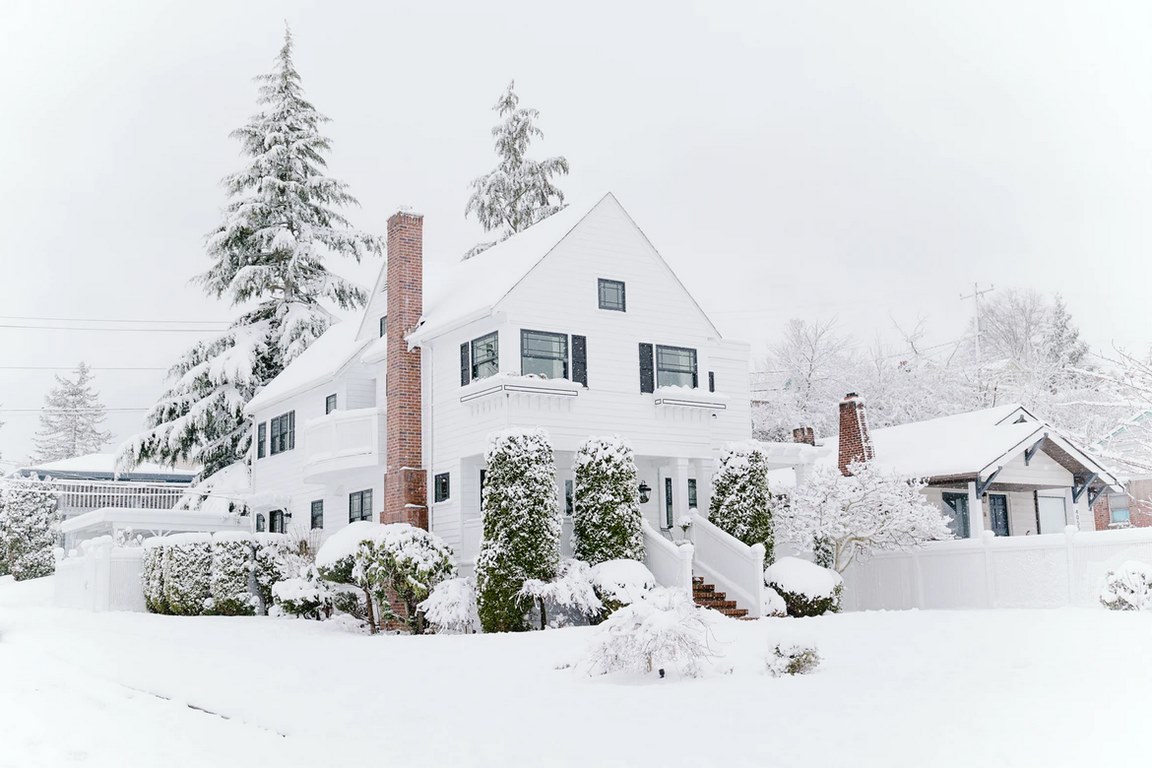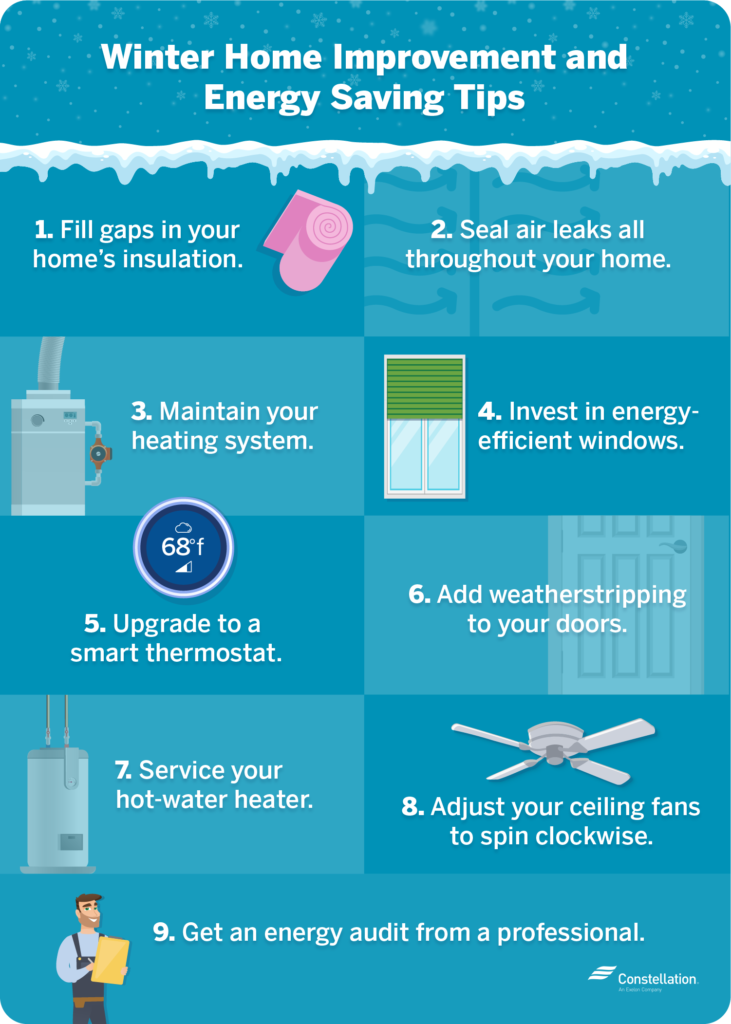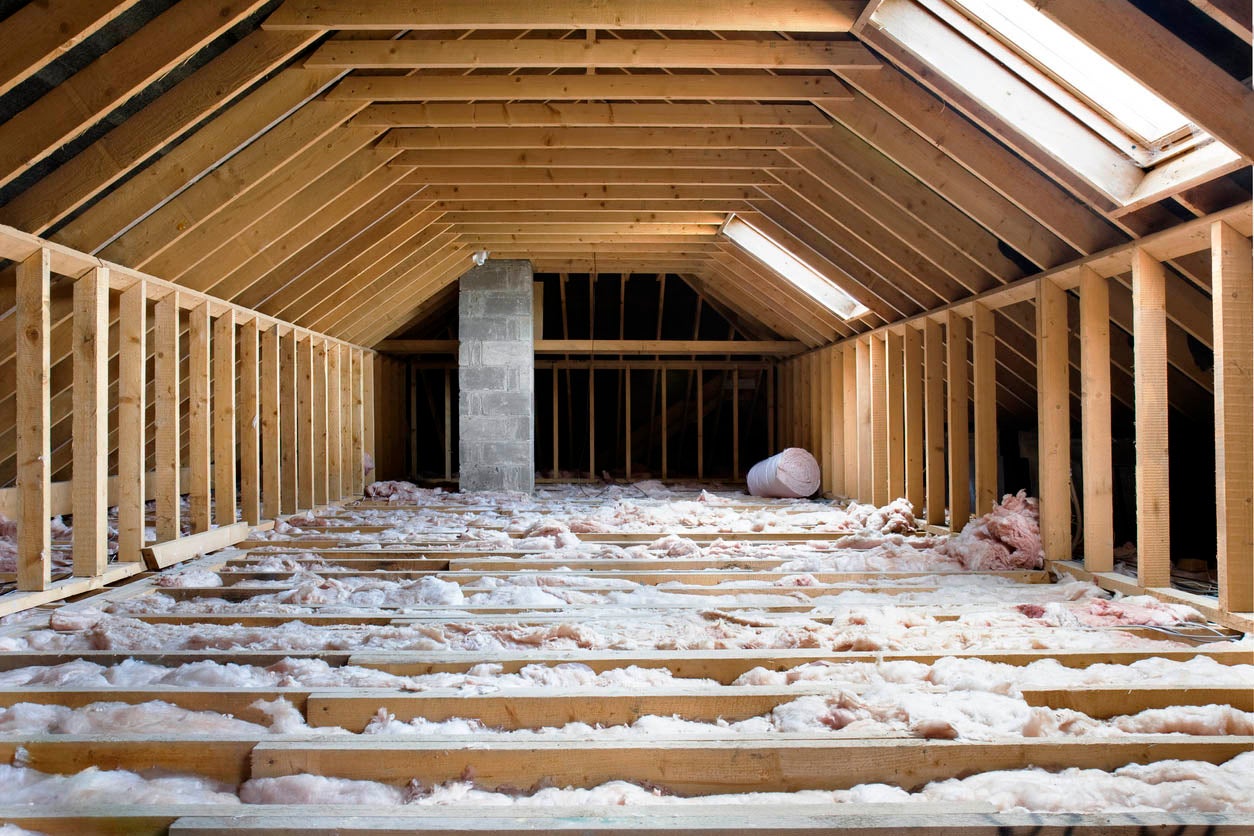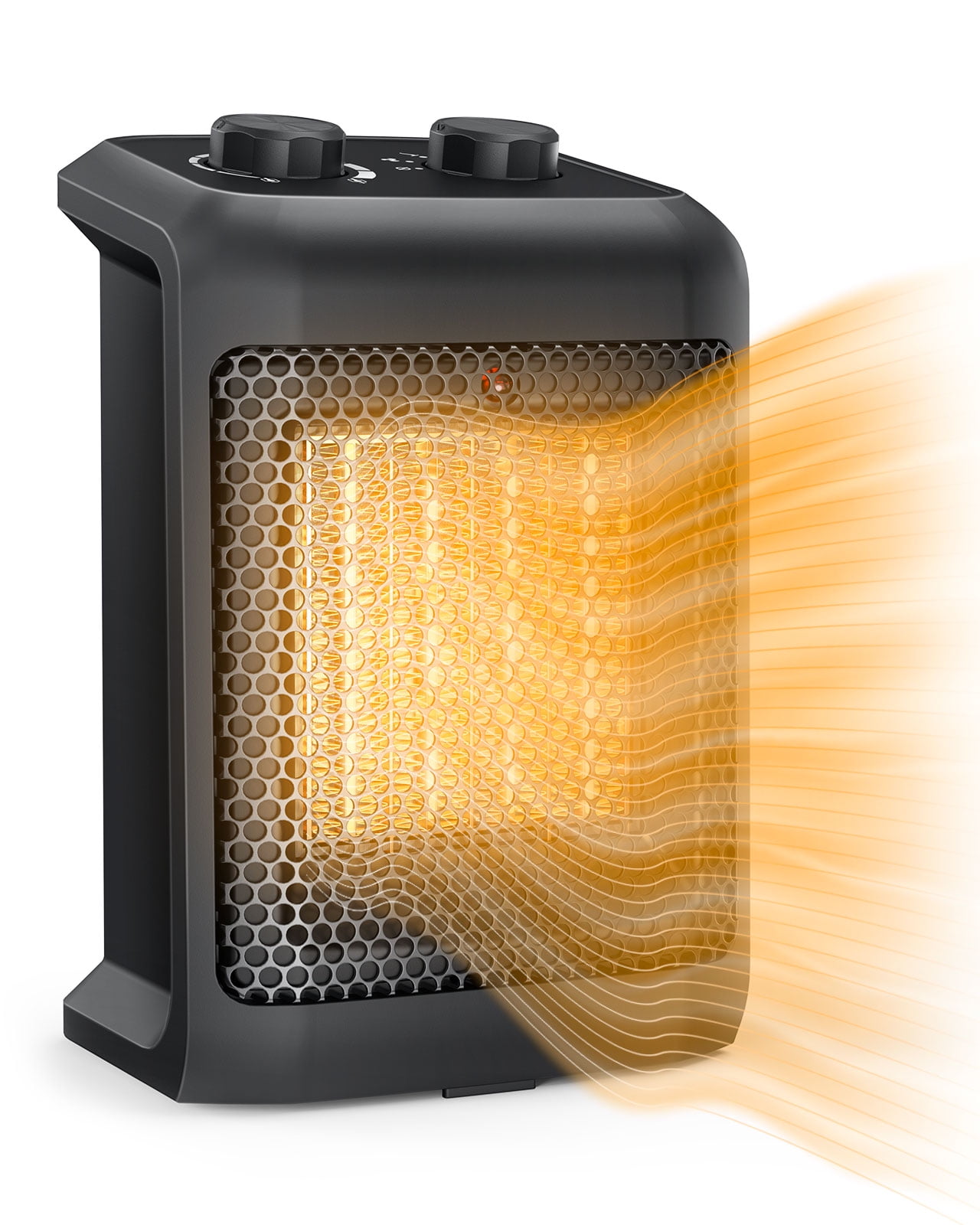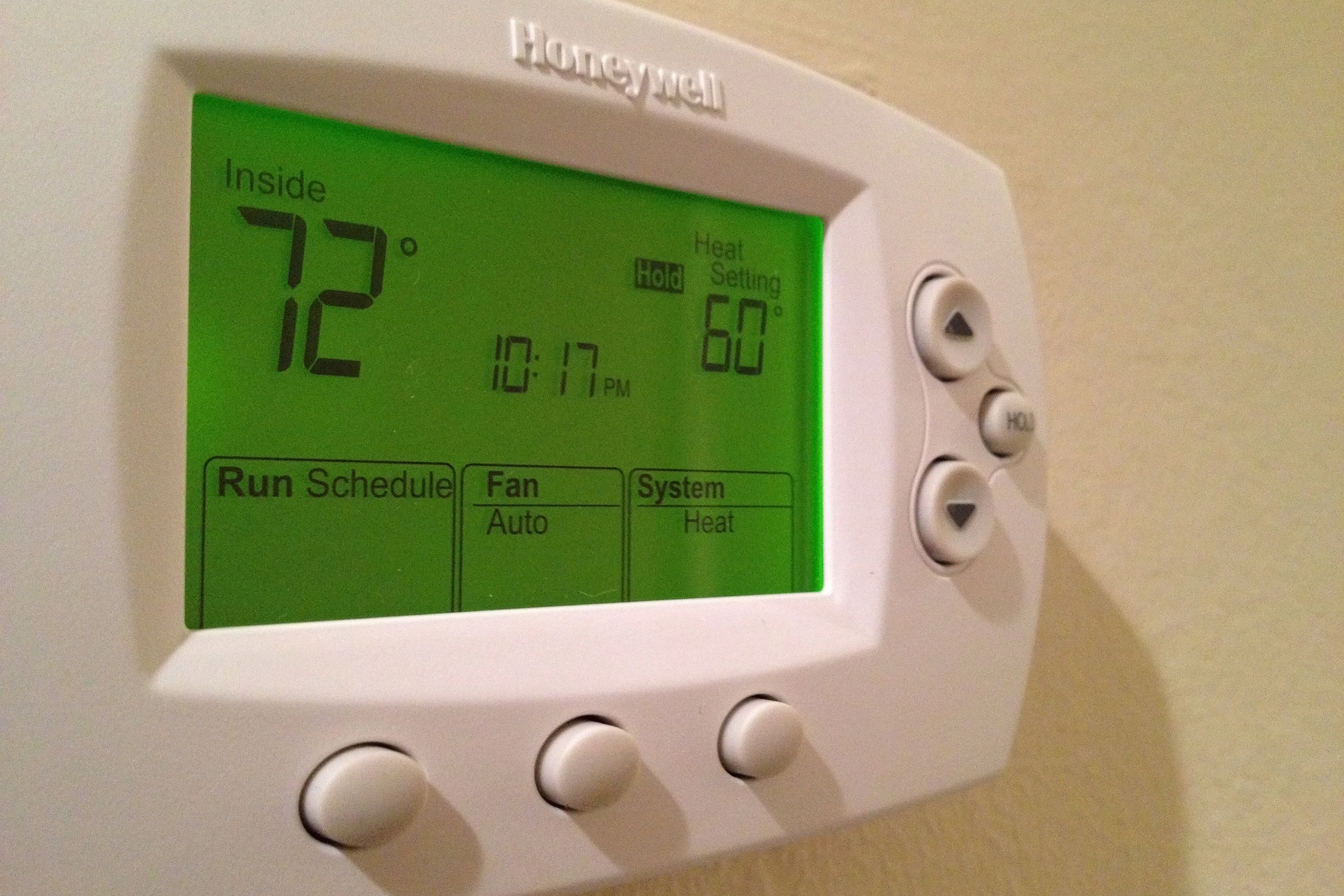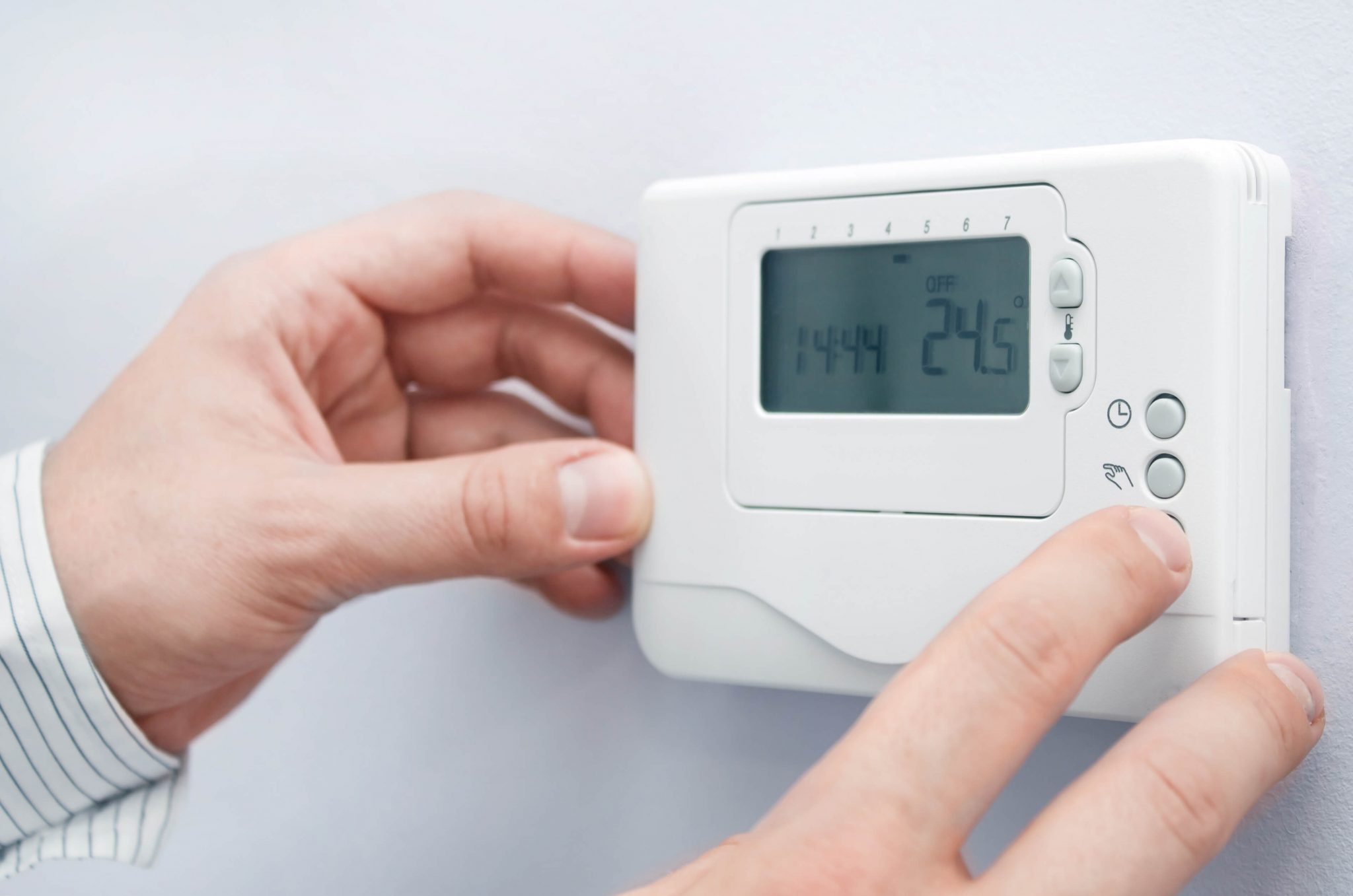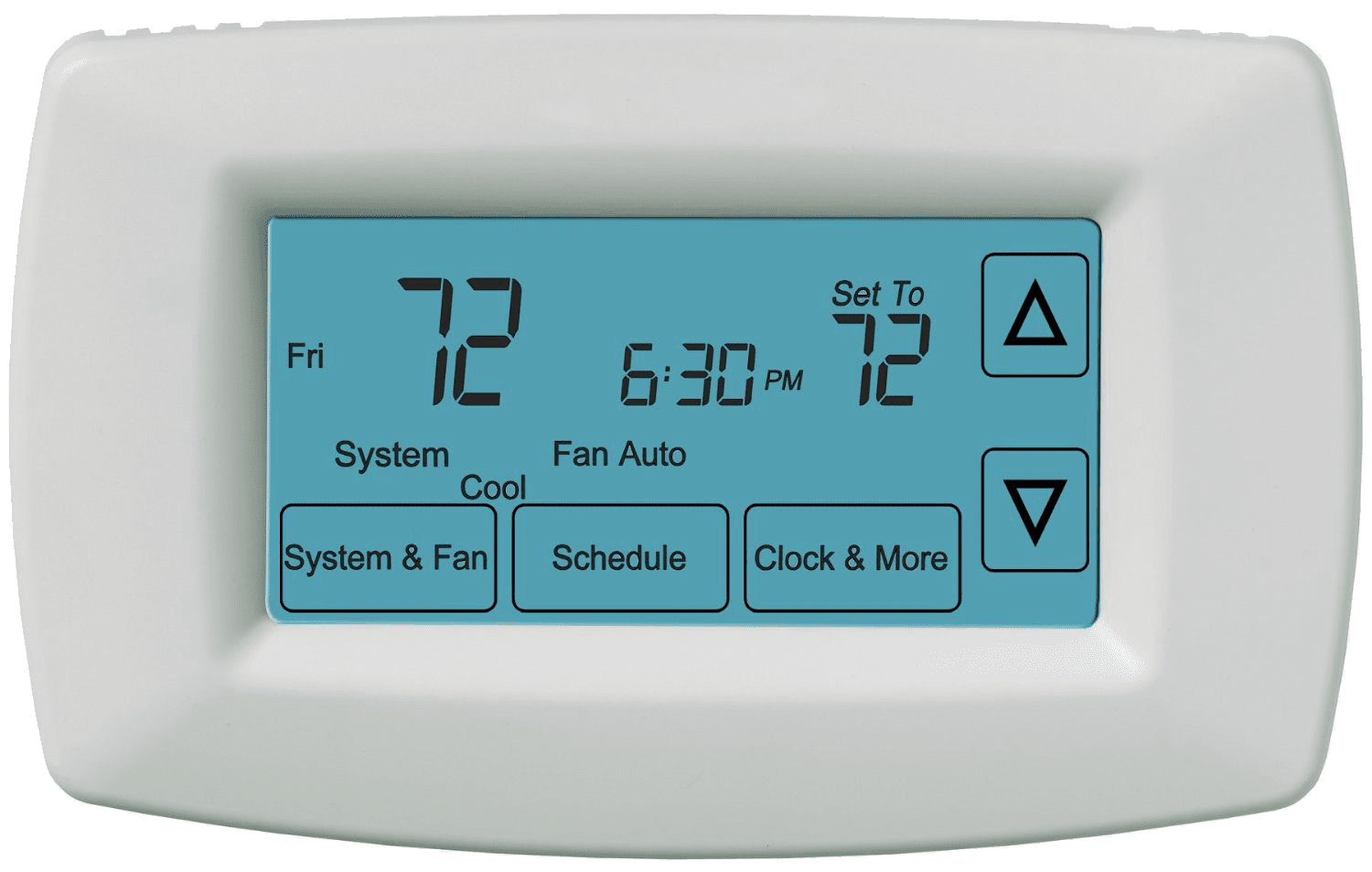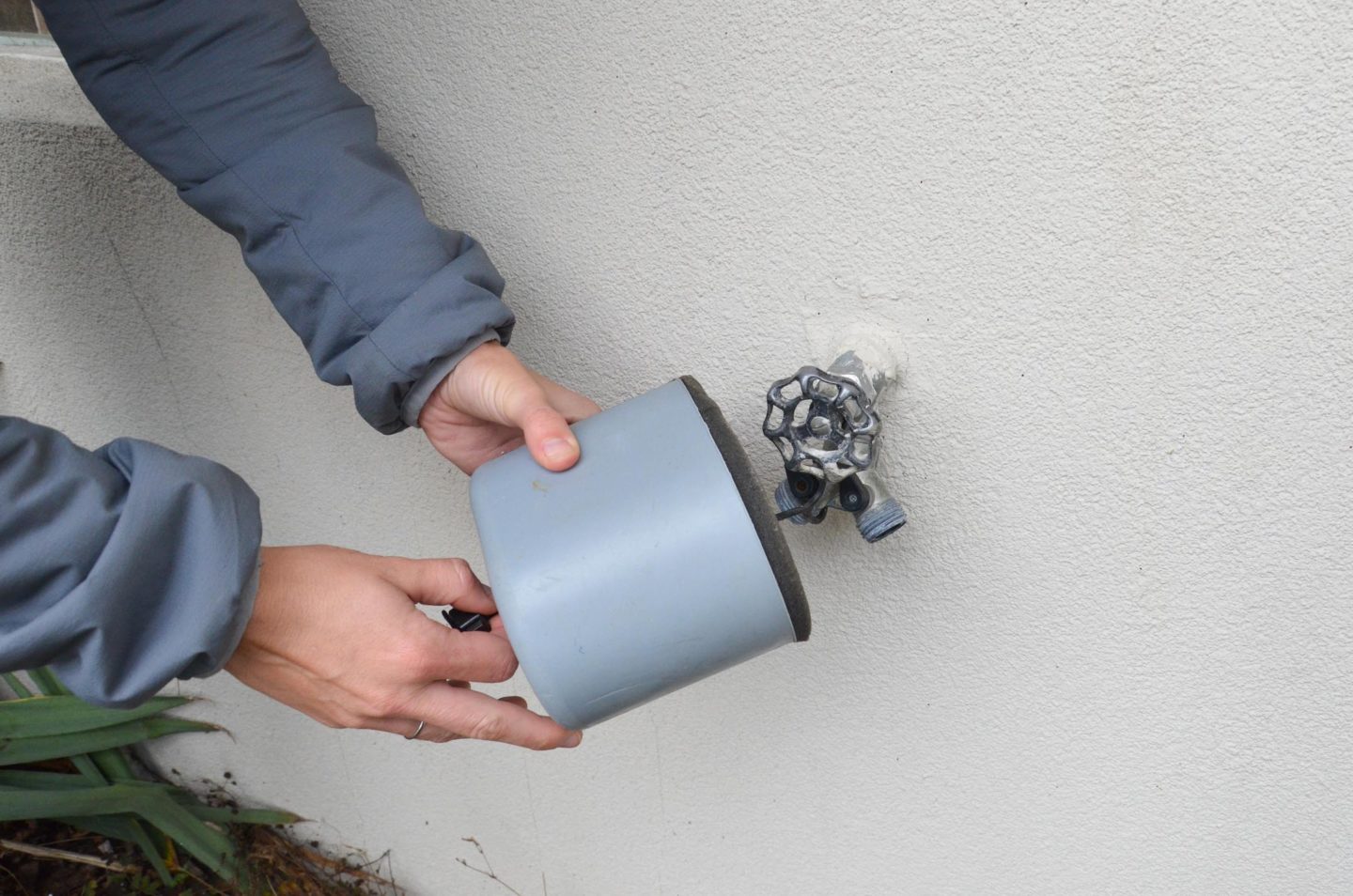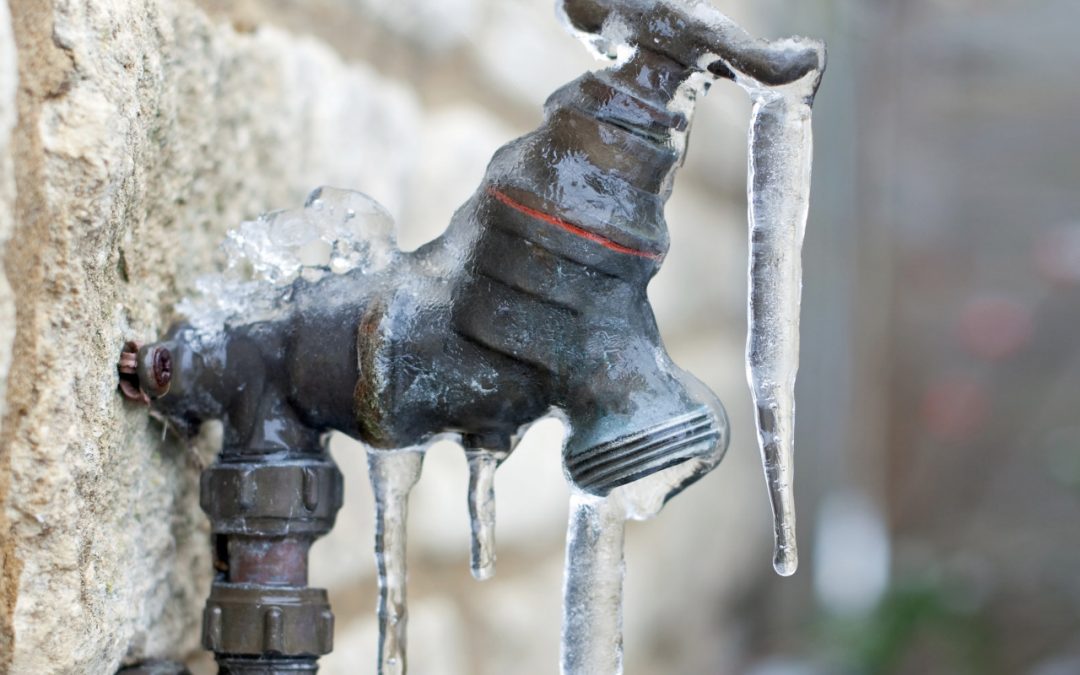As winter approaches and the temperature drops, it's important to make sure your living room remains warm and comfortable. However, keeping your living room at a comfortable temperature during the colder months can also come with a high energy cost. To help you save money on heating costs and maintain a cozy living room temperature, here are our top 10 tips for winter. Heating and Cooling Your Home for Maximum Energy Efficiency
The first step to maintaining a comfortable living room temperature in winter is to ensure your home is properly insulated. This means checking for drafts around windows and doors, and sealing any gaps or cracks with weather stripping or caulk. You can also use heavy curtains or thermal drapes to keep the cold air out and the warm air in. Another way to keep your living room warm in the winter is to use a space heater. This can be a more cost-effective option compared to cranking up the heat for the entire house. Just make sure to follow safety precautions and never leave a space heater unattended. How to Keep Your Living Room Warm in the Winter
To save money on heating costs, consider setting your thermostat to a lower temperature when you're not at home or when you're sleeping. You can also invest in a programmable thermostat, which allows you to set a schedule for your heating system. This way, you can ensure your living room is warm and cozy when you're home, without wasting energy when you're not. Another tip for maintaining a comfortable living room temperature in winter is to use a humidifier. As the air gets colder, it also gets drier, which can make the temperature feel even colder. Using a humidifier can add moisture to the air and make it feel warmer, allowing you to lower the temperature on your thermostat. Tips for Maintaining a Comfortable Living Room Temperature in Winter
The ideal temperature for your living room in winter will vary depending on personal preference. However, the Department of Energy recommends setting your thermostat to 68°F (20°C) during the day and lowering it by 10-15 degrees at night or when you're away from home. This can help you save up to 10% on your heating bill. It's also important to note that the best temperature for your living room may differ from other rooms in your home. For example, if you have a fireplace in your living room, you may want to keep the temperature a bit lower to avoid overheating. The Best Temperature for Your Living Room in Winter
In addition to using a space heater and setting your thermostat to a lower temperature, there are other ways to save money on heating costs in the winter. This includes regularly servicing your heating system to ensure it's running efficiently, and using alternative heating methods such as a fireplace or electric blanket. You can also save money by bundling up in warm clothing and using throw blankets to stay cozy while watching TV or reading in your living room. This way, you can lower the temperature on your thermostat without sacrificing comfort. How to Save Money on Heating Costs in the Winter
Another way to save money on energy costs in the winter is to make sure your living room is properly sealed and insulated. This means checking for drafts and sealing any gaps or cracks. You can also add insulation to your walls and attic to help keep the warm air inside. Additionally, make sure to turn off any electronics or appliances when they're not in use. These items can generate heat and contribute to your overall energy usage. Winter Energy Saving Tips for Your Living Room
To maintain a cozy living room temperature during winter, it's important to regularly check your heating system and make sure it's functioning properly. This includes changing the air filter, cleaning the vents, and scheduling a professional maintenance check if necessary. You can also use area rugs and carpets to help insulate your living room floor and keep your feet warm. And don't forget to close the doors to any unused rooms to prevent cold air from spreading throughout your home. Maintaining a Cozy Living Room Temperature During Winter
Proper insulation is crucial for maintaining a comfortable living room temperature in winter. Without adequate insulation, warm air can escape through gaps and cracks, causing your heating system to work harder and costing you more money. By properly insulating your living room, you can save money on energy costs and ensure a cozy and warm living space. The Importance of Proper Insulation for Your Living Room in Winter
A programmable thermostat is a great tool for controlling your living room temperature in winter. With a programmable thermostat, you can set a schedule for your heating system, allowing you to adjust the temperature according to your daily routine. This way, you can ensure your living room is warm and comfortable when you need it to be, without wasting energy when you don't. How to Use a Programmable Thermostat to Control Your Living Room Temperature in Winter
Lastly, it's important to winterize your living room to keep the cold air out and the warm air in. This includes sealing any drafts, adding insulation, and using a humidifier. You can also consider using a draft stopper for your doors, and sealing any unused fireplaces. By taking these steps, you can maintain a comfortable living room temperature in winter and save money on heating costs. In conclusion, by properly insulating your living room, using alternative heating methods, and setting a schedule for your thermostat, you can maintain a cozy and comfortable living room temperature in winter without breaking the bank. Don't forget to regularly check your heating system and make any necessary repairs or adjustments to ensure it's running efficiently. With these tips, you can enjoy a warm and inviting living room all winter long. Winterizing Your Living Room: Tips for Keeping the Cold Out
Creating a Warm and Cozy Living Room for Winter

The Importance of Maintaining a Comfortable Living Room Temperature
 When the temperature drops in winter, it's important to have a warm and cozy living room to retreat to. Not only does it provide a comfortable space for you and your family to relax, but it can also help reduce your energy bills. With the right design and temperature settings, you can create a welcoming and inviting living room that will make the chilly winter days more bearable.
When the temperature drops in winter, it's important to have a warm and cozy living room to retreat to. Not only does it provide a comfortable space for you and your family to relax, but it can also help reduce your energy bills. With the right design and temperature settings, you can create a welcoming and inviting living room that will make the chilly winter days more bearable.
Choosing the Right Temperature for Your Living Room
 The ideal temperature for a living room in winter is between
68-72 degrees Fahrenheit
. This allows for a comfortable and cozy environment without being too hot or too cold. However, the perfect temperature may vary depending on personal preference and the type of heating system in your home.
The ideal temperature for a living room in winter is between
68-72 degrees Fahrenheit
. This allows for a comfortable and cozy environment without being too hot or too cold. However, the perfect temperature may vary depending on personal preference and the type of heating system in your home.
Utilizing Natural Sunlight and Insulation
 One of the best ways to maintain a warm living room temperature in winter is by utilizing natural sunlight. Keep your curtains and blinds open during the day to allow natural light to enter your living room and warm up the space. Additionally, make sure your living room is well-insulated to prevent heat from escaping and keep the cold air out.
One of the best ways to maintain a warm living room temperature in winter is by utilizing natural sunlight. Keep your curtains and blinds open during the day to allow natural light to enter your living room and warm up the space. Additionally, make sure your living room is well-insulated to prevent heat from escaping and keep the cold air out.
Incorporating Warm and Cozy Elements
 To add warmth and coziness to your living room, consider incorporating
soft and plush textiles
. This can include throws, pillows, and rugs made from materials such as wool, fur, or fleece. These elements not only provide physical warmth but also create a cozy and inviting atmosphere. You can also add
warm-toned
accents such as throw blankets, artwork, or candles to create a visually warm and inviting space.
To add warmth and coziness to your living room, consider incorporating
soft and plush textiles
. This can include throws, pillows, and rugs made from materials such as wool, fur, or fleece. These elements not only provide physical warmth but also create a cozy and inviting atmosphere. You can also add
warm-toned
accents such as throw blankets, artwork, or candles to create a visually warm and inviting space.
Investing in a Smart Thermostat
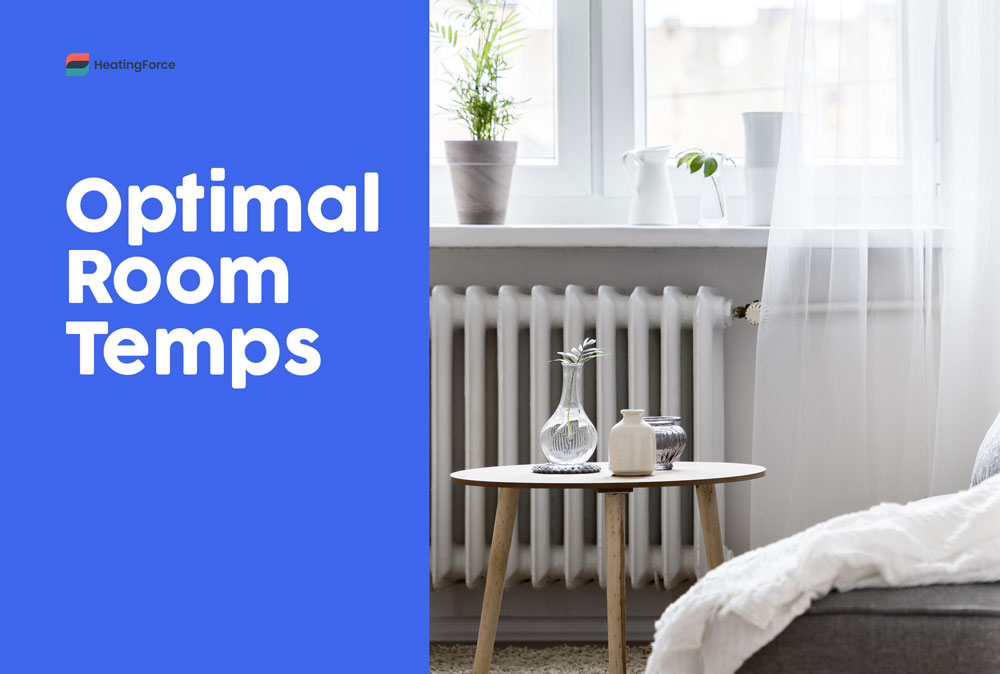 Investing in a smart thermostat can also help you maintain a comfortable living room temperature in winter. These devices allow you to set specific temperature preferences and adjust them remotely, making it easier to control the temperature in your living room. Some smart thermostats even have the ability to learn your temperature preferences and adjust accordingly.
Investing in a smart thermostat can also help you maintain a comfortable living room temperature in winter. These devices allow you to set specific temperature preferences and adjust them remotely, making it easier to control the temperature in your living room. Some smart thermostats even have the ability to learn your temperature preferences and adjust accordingly.
Conclusion
 Maintaining a comfortable living room temperature in winter is essential for a cozy and inviting home. By choosing the right temperature, utilizing natural sunlight and insulation, incorporating warm elements, and investing in a smart thermostat, you can create a warm and welcoming living room that will make the cold winter days more enjoyable. So, why not start implementing these tips and make your living room the perfect winter retreat?
Maintaining a comfortable living room temperature in winter is essential for a cozy and inviting home. By choosing the right temperature, utilizing natural sunlight and insulation, incorporating warm elements, and investing in a smart thermostat, you can create a warm and welcoming living room that will make the cold winter days more enjoyable. So, why not start implementing these tips and make your living room the perfect winter retreat?
